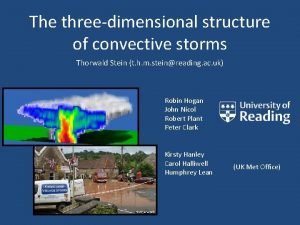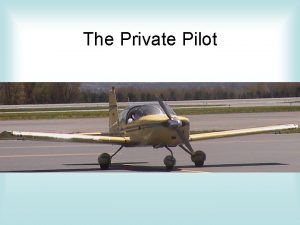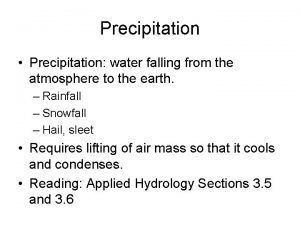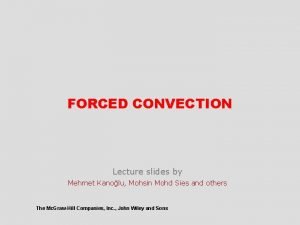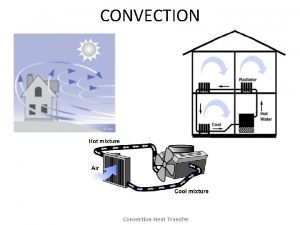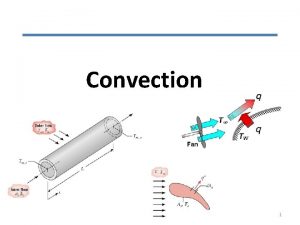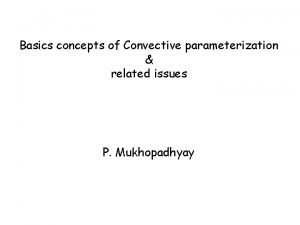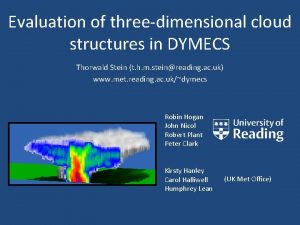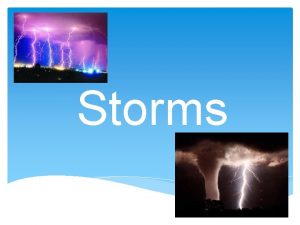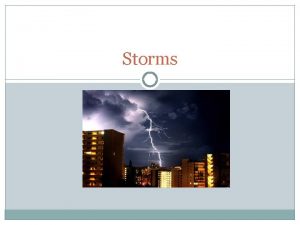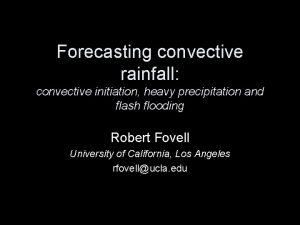The threedimensional structure of convective storms Thorwald Stein








- Slides: 8

The three-dimensional structure of convective storms Thorwald Stein (t. h. m. stein@reading. ac. uk) Robin Hogan John Nicol Robert Plant Peter Clark Kirsty Hanley Carol Halliwell Humphrey Lean (UK Met Office)

The DYMECS approach: beyond case studies Track storms in real time and automatically scan Chilbolton radar NIMROD radar network rainfall Evaluate these properties in model varying: Resolution Microphysics scheme Sub-grid turbulence parametrization Derive properties of hundreds of storms on ~40 days: Vertical velocity 3 D structure Rain & hail Ice water content TKE & dissipation rate

40 d. BZ ce no rth (k m) 20 d. BZ Distance east (km) Dista n Radar reflectivity (d. BZ) Storm structure from radar

Median storm diameter with height Observations UKV 1500 m Drizzle from nowhere? “Shallow” “Deep” Lack of anvils? 200 m

Vertical profiles of reflectivity 1. 5 -km + graupel Conditioned on average reflectivity at 200 -1000 m below 0 o. C. Reflectivity distributions for profiles with this mean Z 40 -45 d. BZ are shown. Model: High rainfall rate from 200 -m shallow storms. 500 -m Or ice cloud d. BZ<0 Observations

Missing anvils? • Define anvil as cloud above 6 km with diameter larger than storm diameter at 3 km. • More than 40% of storms above 6 km have anvil (model and observations). Observations UKV 1500 m z 6 3 T=0 o. C R 200 m A selection of individual profiles shows anvil factors will be small (close to 1)

Missing anvils? • Define anvil as cloud above 6 km with diameter larger than storm diameter at 3 km. PDF of anvil factor Dmax/D 3 km z Dmax 6 3 T=0 o. C R

Updraft retrieval • Hogan et al. (2008) – Track features in radial velocity from scan to scan Chapman & Browning (1998) – In quasi-2 D features (e. g. squall lines) can assume continuity to estimate vertical velocity
